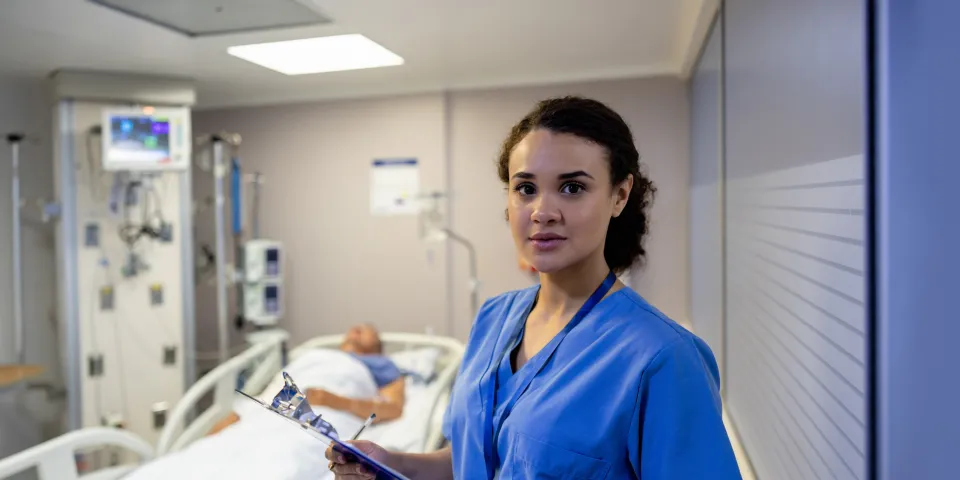Latest 
 Career Development Denise Alexander
Career Development Denise Alexander
Recent Blog Posts


In today’s fast-moving healthcare world, clear and consistent documentation is key to providing great patient care. That’s exactly where SOAP notes come into play. SOAP stands for Subjective, Objective, Assessment and Plan. It’s the go-to format for documenting patient visits in a way that’s organized and easy to follow. This structure helps keep everyone on the care team on the same page, no matter their role or specialty.
For advanced practice nurses (APNs), getting comfortable with SOAP note documentation isn’t just helpful, it’s a must. It ensures safe, high-quality care and supports legal, professional and billing requirements. While the amount of detail might vary depending on your setting or type of visit, the overall structure and purpose stay the same.
Each part of the SOAP note plays a different role in telling the patient’s story. The Subjective section is where you document what the patient says, including their symptoms, concerns and health history. This part covers nine main areas:
Next is the Objective section, where you record what you observe, like vital signs, physical exam findings and lab or imaging results. Think of the Objective section as the information you gather with your senses. If you see it/observe it, smell it, palpate/touch it, or hear it (like heart and lung sounds), it gets documented in the Objective section.
In the Assessment section, you pull everything together and apply your clinical judgment to make diagnoses (using ICD-10 codes) and assign a CPT code for the visit and any procedures or services.
Finally, the Plan section outlines what comes next: tests, treatments, prescriptions, referrals, education and follow-up. Your Assessment and Plan sections should match up logically, showing clear clinical reasoning and an evidence-based approach.
At Herzing University, SOAP note templates are introduced in NU610 Advanced Health Assessment and are used in many subsequent clinical courses to help you get comfortable with this process and build strong documentation habits.
Good SOAP notes do more than just list what happened—they show how you were thinking through the visit. While that’s important for all visits, it’s especially important when you’re managing patients with complex or chronic issues. In those cases, documentation helps ensure continuity of care over time. Including evidence-based practice guidelines in your plan also supports safer, more consistent care. On top of that, strong documentation backs up the billing codes you choose. For example, if you bill for a complex visit, your note needs to show why it was complex.
SOAP notes are also crucial from a legal standpoint. If there’s ever a malpractice claim, your documentation could be your main defense—so it needs to be thorough, accurate, and consistently formatted every time. Remember, if it’s not charted/documented, it didn’t happen!
SOAP notes aren’t just a charting tool—they’re a big part of providing safe, high-quality care, protecting yourself legally and making sure your services are reimbursed properly. If you’re an APN, strong SOAP note skills are a must-have.
Looking for more information to sharpen your skills?
Check out the video: How to Write a GREAT SOAP Note.
BLS pay estimates calculate the median annual wage for various occupations. Per the BLS the median wage for an occupation is: "The wage at which half of the workers in the occupation earned more than that amount, and half earned less. Median wage data are from the BLS Occupational Employment and Wage Statistics survey." Bureau of Labor Statistics (BLS), U.S. Department of Labor, Occupational Outlook Handbook 2024. BLS median wage estimates do not represent entry-level wages and/or salaries. Multiple factors, including prior experience, age, geographic market in which you want to work, and degree level and field, will affect career outcomes, including starting salary and earnings as an experienced employee. Herzing neither represents that its graduates will earn the median salaries calculated by BLS for a particular job nor guarantees that graduation from its program will result in a job, promotion, particular wage or salary, or other career growth.
Get the latest news you need to know, from study hacks to interview tips to career advancement. Have it delivered right to your inbox biweekly.